PHILIP KÖSTER - ROAD TO RECOVERY!
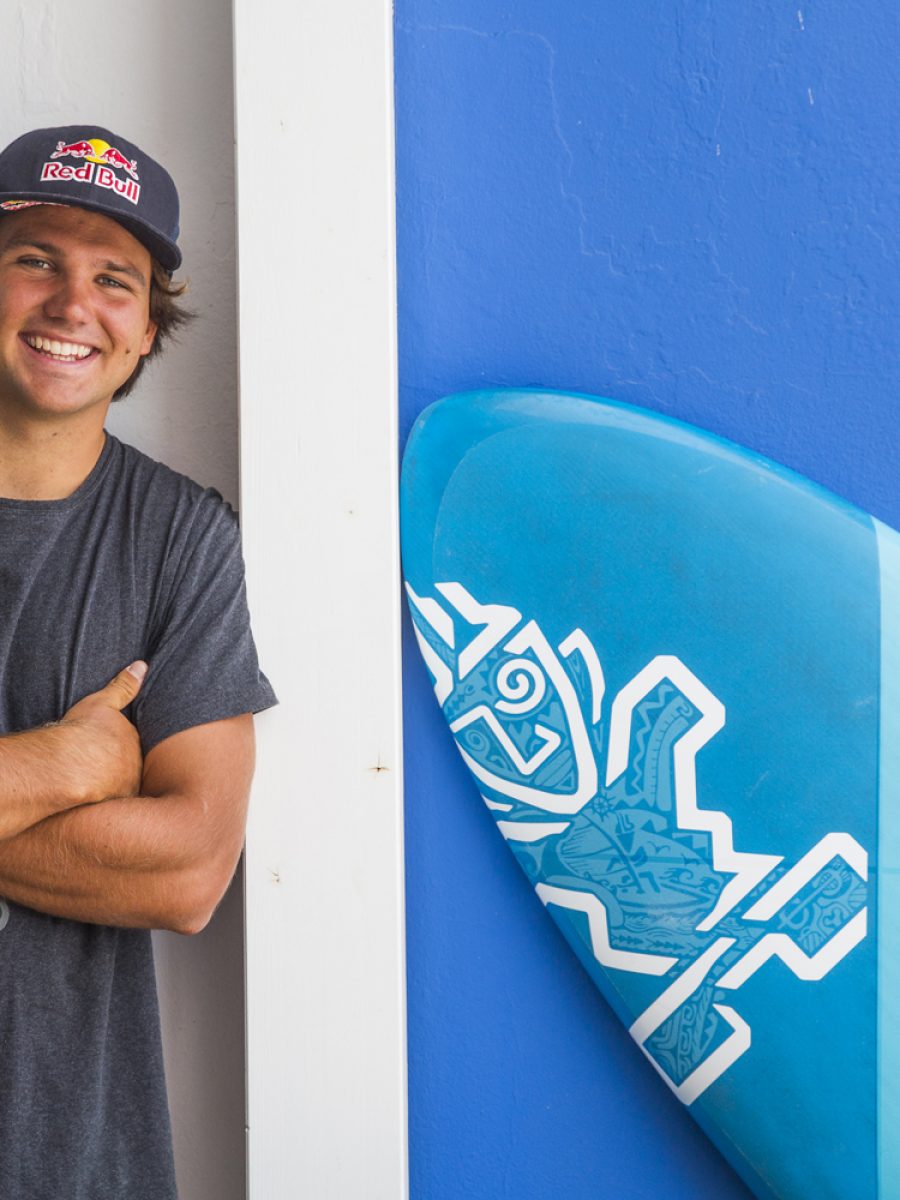
With two back to back wins at the opening events of the 2017 PWA wave tour, Philip Köster has made a scintillating start to his return to competitive wavesailing after injury. From the outside, it looked like the break had done him more good than harm with his sailing looking better than ever, but that masks a tougher tale. John Carter sat down with Philip to learn more about the highs and lows of his road to recovery.
Words Philip Köster // Photos John Carter
Originally published within the October ’17 edition.
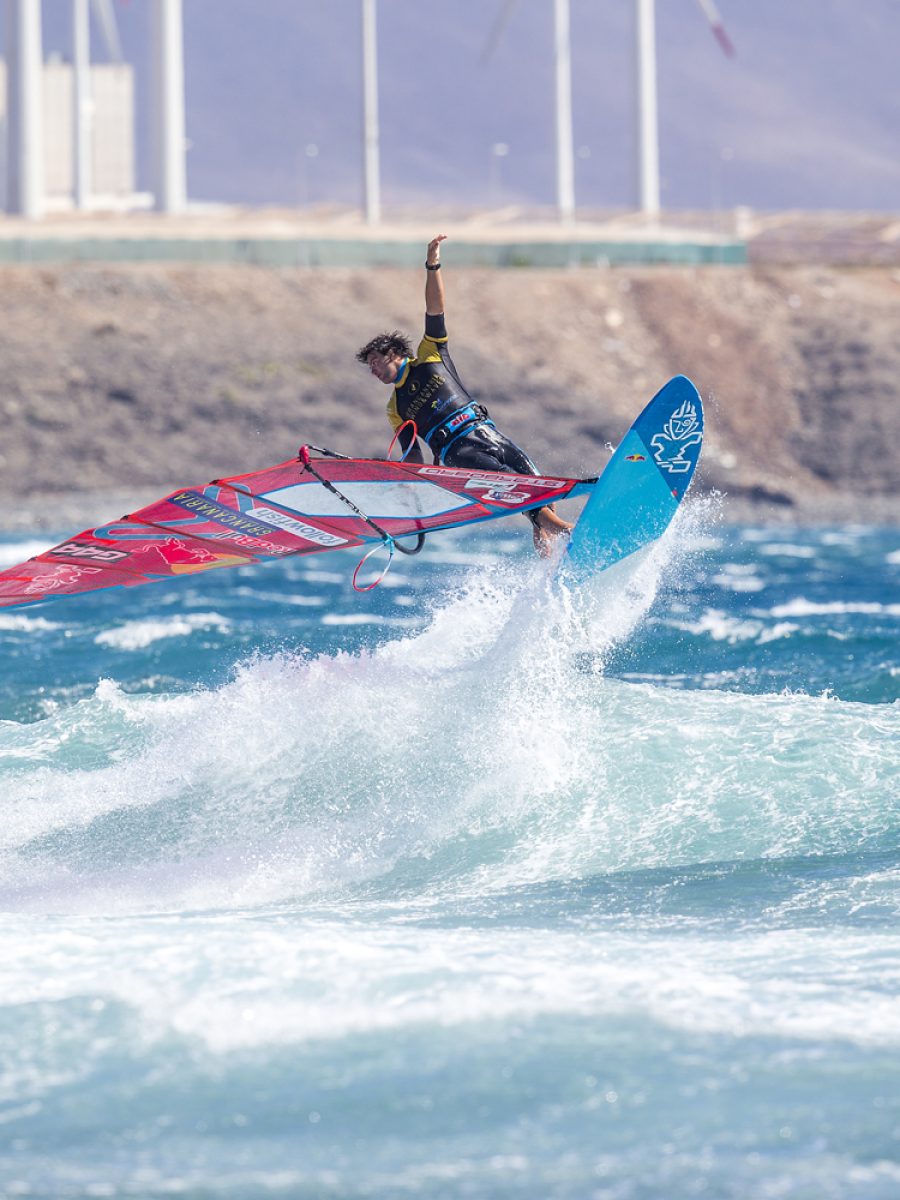
The injury happened last September in Australia after I went out there for a quick training trip. I travelled up to Gnaraloo, which is a spot right up the northwest in the desert about twelve hours north of Perth. It was a cloudy day, not really perfect and I did not really feel that great. I was testing gear so not totally comfortable and did a big aerial on the end section of the wave where there is usually not that much wind. I landed very flat and somehow my back foot slipped out and all my body weight went to my front foot. I knew something was wrong, the leg was a bit loose and it was very painful so I figured something was broken. Getting back to the beach was very tricky. After a ten minute swim a kiter helped me and dragged me back in. I hoped in my mind it was possibly a bad twist or something, so at the time I was not really thinking I would not be able to compete in the PWA in Denmark, which was in a few weeks.
DIAGNOSIS
I knew I had to find out what was wrong as soon as possible. I could not walk at all or put any weight on my leg and it was hurting bad. A few guys dragged me out of the water and we drove to the nearest hospital straight away. I went to Carnarvon Hospital about two hours drive away. They just told me it was a bruise and nothing else, so that was not very useful. I was sure it was more serious. I did not trust their diagnosis. Then we had to drive 900km down to Perth for another opinion. The specialist there told me all the ligaments around my knee were snapped and that I should get surgery in Perth or somewhere as soon as possible. I decided to fly back home. The guy in Perth gave me a knee brace but my knee was super swollen. I flew home and with insurance I was upgraded to business class, which was helpful. I knew already
I was not going to be on the water for a long time and I was going to be on holidays for a few months at least! I knew I could not windsurf in the near future and that I was going to have a long break away from events. I obviously wanted to be back on the water as fast as possible.
I flew to Hamburg in Germany to a top knee specialist and surgeon who fixed me up on the day I arrived. I had an MRI scan and all the tests all in one day. He knew there was a lot of damage just by looking at my leg. I broke all the ligaments and the meniscus around the knee. It is not my first injury but this was pretty bad. I also broke the femur bone on my left leg once and I broke my arm windsurfing. This was by far the longest injury I have had to endure. I would have preferred to break a bone and then it heals in two or three months but with ligaments it was a bit more complicated. The initial assessment of this injury was that I would be out of action on tour for at least a year!
REHAB
For the first two months after the operation, I did not do anything at all. I just lay in bed; I did not do any training, nothing. I did not worry about physio and did not care about anything. I just wanted to relax, let it heal a bit and then I started with physiotherapy. I was just tired of everything! They told me eleven to thirteen months before I would be better. It was a big disappointment. One physio told me I could do it in less time with special training and treatment six to eight hours a day. So that helped my mind a little. I was happy to relax at first and just let it heal. I was in a wheelchair for a long time and then moved on to crutches. I could not put any weight on the leg at all.
I started physio at the end of November. I went to Tenerife to a very good physiotherapist – Michal Novotny – that also treats all the top tennis players around the world who have been injured. It was very intense. A lot of people recommended this physio. Red Bull helped me with everything and with support financially. It was very expensive to have a physio every day of the week for eight hours!
I was in total three to four months in Tenerife. I was doing a week there with the physio and then a week back at home. One very hard training week and then one week off just to help reduce the swelling and relax everything. I started with pool training. In the pool you have less weight on your legs. I was running in the pool in chest deep water. I eventually started to put a small amount of weight on my knee and getting the movement back into the joint. I was also doing a lot of work in the gym and lots of stretching. After a few months I was allowed to do some easy running along the beach on soft sand. It took a long time to get the flex back into my knee because it was very, very stiff after the operation and the time I had resting while it healed. My knee was basically locked up after two months. It was very painful to free up the joint. I also had a lot of electrotherapy and massage during my rehabilitation. It was tough training and a tough period in my life. It was tough mentally as well; I just had to go through it. In January I was allowed a little bit on a SUP board, just paddling around on flat water. That helped me a lot, just getting back on the water. It felt very nice.
FIRST SAIL
It was not until April or May before I was allowed to windsurf. That was just ten minute sessions going in a straight line and that was it, back in to rest straight away. This was under the supervision of my physio at home in Vargas, Gran Canaria. I could have ten minutes, a break, and then another ten minutes a few times a day. That was tough as well. At that time I was sure I would not be able to compete in Gran Canaria. Even one month before the contest I was pretty sure that the competition would be too early. I talked with Scott Mckercher and he told me he had a good friend that made knee braces and that was ten days before the event. That guy sent me a brace on express delivery and it arrived in three days from Australia. The brace helped a lot. I did not have any side movement in the knee with the brace. My physio told me not to use the brace because it can mess with your head but I felt I needed it for my own piece of mind. If I sailed without the brace for any period of time my knee always hurt.
WARM UP
A week before the event, I went on a nice trip to Lanzarote when they had a big swell and strong winds. I did not want to go to Pozo and punish myself trying big jumps and also I wanted to stay away from people. I did not feel like seeing everyone. It sounds terrible but in Pozo everyone is trying to compete with each other and out jump each other. There is tonnes of talking and hanging around and I did not really feel like being with the crowd. I had my first session at Pozo on the day of the contest. It is actually the first time I sailed Pozo since the event last year. I tested a sail. I know the spot. I don’t have to come to Pozo two weeks before and fight with everyone. I tried my first double without the brace a week before the event in Vargas and it was a bit painful. Once the adrenaline kicked in in the competition it felt ok to try those moves. With the brace it was way better. I had practised a few doubles just before Pozo. The smaller flatter ones were much more painful than the stalled ones. I land more on my back than on my feet and that helped. Even the push loop forward was not so bad. After the contest I had bruises all over my body so I was not really used to jumping. The landings were pretty brutal in Pozo and the wind was over 40 knots. It was not the easy sailing I was used to from Mauritius and Lanzarote before the event.
WINNING
It was incredible to win the event. I did not really know if I was going to pass through one round. I had practised a little bit but not that much and very little jumping. During the contest at Pozo I did not hold back at all. I did not feel restricted by the injury. I was feeling good. I was on my 4m for one heat with my 86 Kode but otherwise I was on 4.2m for all my heats with the 86. I was well powered with good control. I like to be well powered in Pozo for all the wave moves and that also allows me more chances to do more jumps if needed, though I felt it the day afterwards for sure. After being injured for many months I think the Pozo win meant the most to me, I didn’t really know if I would be sailing good again in the contest, especially with my lack of days on the water, I had a few doubts. Backing this up with a win in Tenerife made me feel really good; it was a very exciting event with lots of different conditions which I enjoyed since I got to sail with everything from my 3.7m sail up to my 5.3m! In Tenerife my knee felt a bit sore from Pozo as I had been jumping a lot and it was not used to it anymore. I sailed with my knee brace in every heat and I guess my knee was around 80% but after a while I kind of forgot the pain thanks to adrenaline and contest motivation.
A week before the event, I went on a nice trip to Lanzarote when they had a big swell and strong winds. I did not want to go to Pozo and punish myself trying big jumps and also I wanted to stay away from people. I did not feel like seeing everyone. It sounds terrible but in Pozo everyone is trying to compete with each other and out jump each other. There is tonnes of talking and hanging around and I did not really feel like being with the crowd. I had my first session at Pozo on the day of the contest. It is actually the first time I sailed Pozo since the event last year. I tested a sail. I know the spot. I don’t have to come to Pozo two weeks before and fight with everyone. I tried my first double without the brace a week before the event in Vargas and it was a bit painful. Once the adrenaline kicked in in the competition it felt ok to try those moves. With the brace it was way better. I had practised a few doubles just before Pozo. The smaller flatter ones were much more painful than the stalled ones. I land more on my back than on my feet and that helped. Even the push loop forward was not so bad. After the contest I had bruises all over my body so I was not really used to jumping. The landings were pretty brutal in Pozo and the wind was over 40 knots. It was not the easy sailing I was used to from Mauritius and Lanzarote before the event.
WINNING
It was incredible to win the event. I did not really know if I was going to pass through one round. I had practised a little bit but not that much and very little jumping. During the contest at Pozo I did not hold back at all. I did not feel restricted by the injury. I was feeling good. I was on my 4m for one heat with my 86 Kode but otherwise I was on 4.2m for all my heats with the 86. I was well powered with good control. I like to be well powered in Pozo for all the wave moves and that also allows me more chances to do more jumps if needed, though I felt it the day afterwards for sure. After being injured for many months I think the Pozo win meant the most to me, I didn’t really know if I would be sailing good again in the contest, especially with my lack of days on the water, I had a few doubts. Backing this up with a win in Tenerife made me feel really good; it was a very exciting event with lots of different conditions which I enjoyed since I got to sail with everything from my 3.7m sail up to my 5.3m! In Tenerife my knee felt a bit sore from Pozo as I had been jumping a lot and it was not used to it anymore. I sailed with my knee brace in every heat and I guess my knee was around 80% but after a while I kind of forgot the pain thanks to adrenaline and contest motivation.
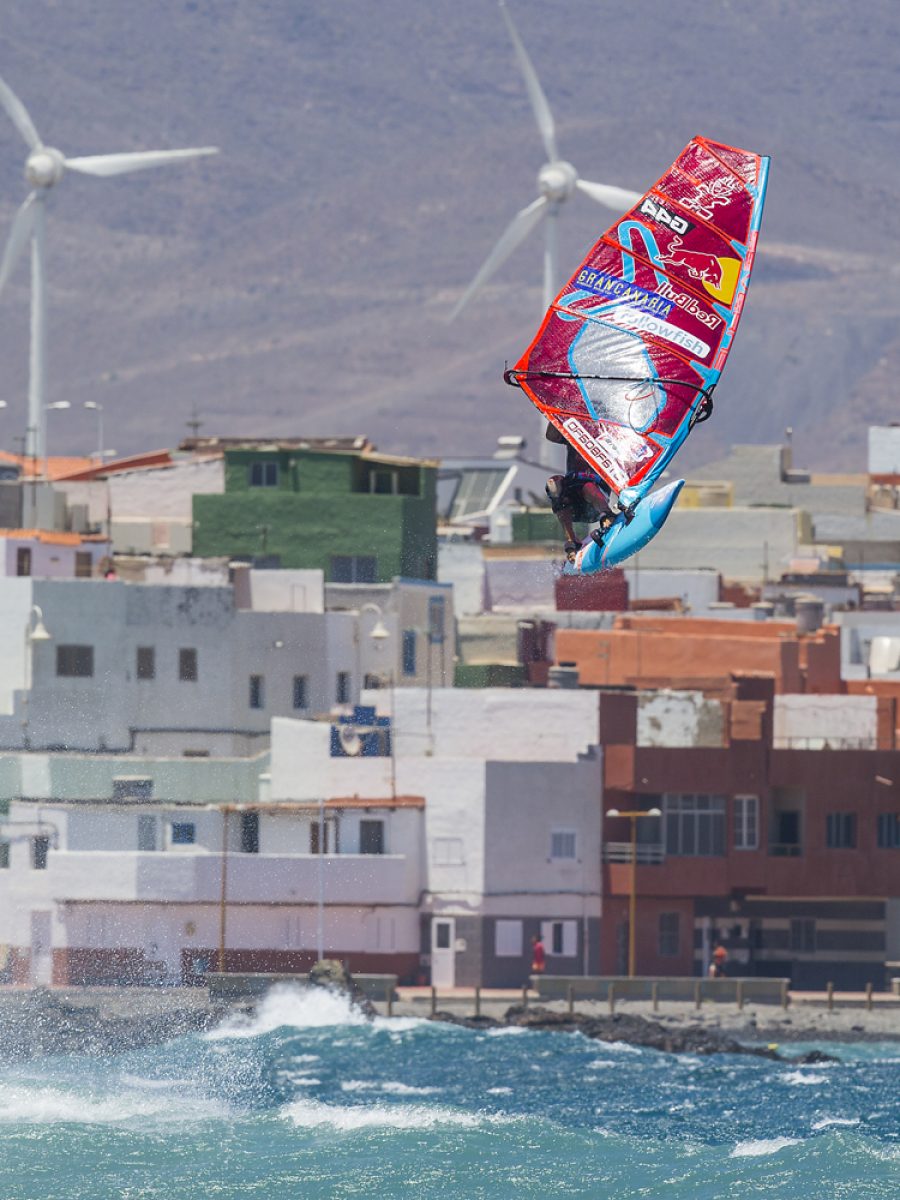
FUTURE PLANS
Hopefully the Maui event happens this year, I think I will try and make some really fun trips after the contests are over. Australia and Maui are always on the list but I hope to add some places that I have never been to before. As for training on my knee, I guess not as hard as I was working on it in Tenerife with my physio but every day an hour on the bike and some exercises should be ok to prevent injuries, it depends mainly on the wind and how many hours I have spent on the water!
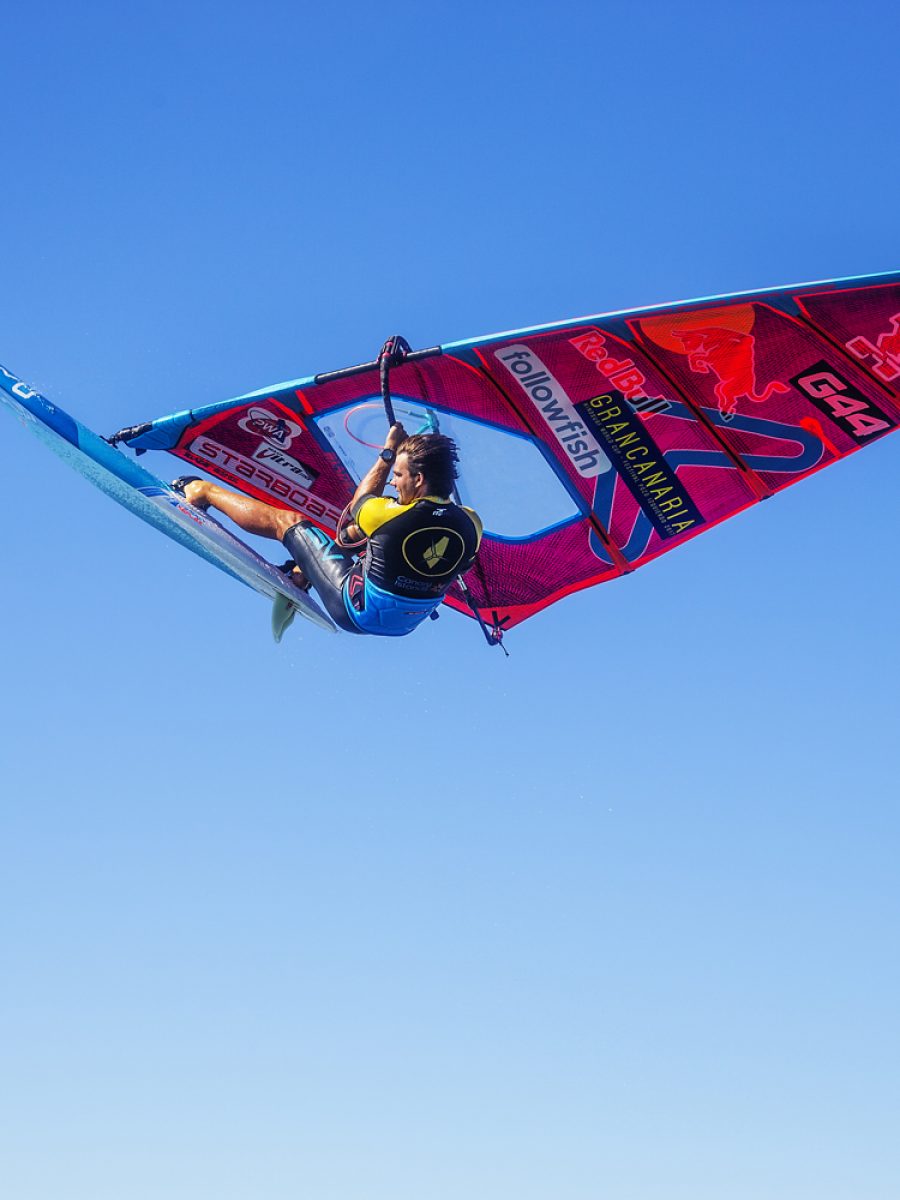
“ It was very expensive to have a physio every day of the week for eight hours!. ”
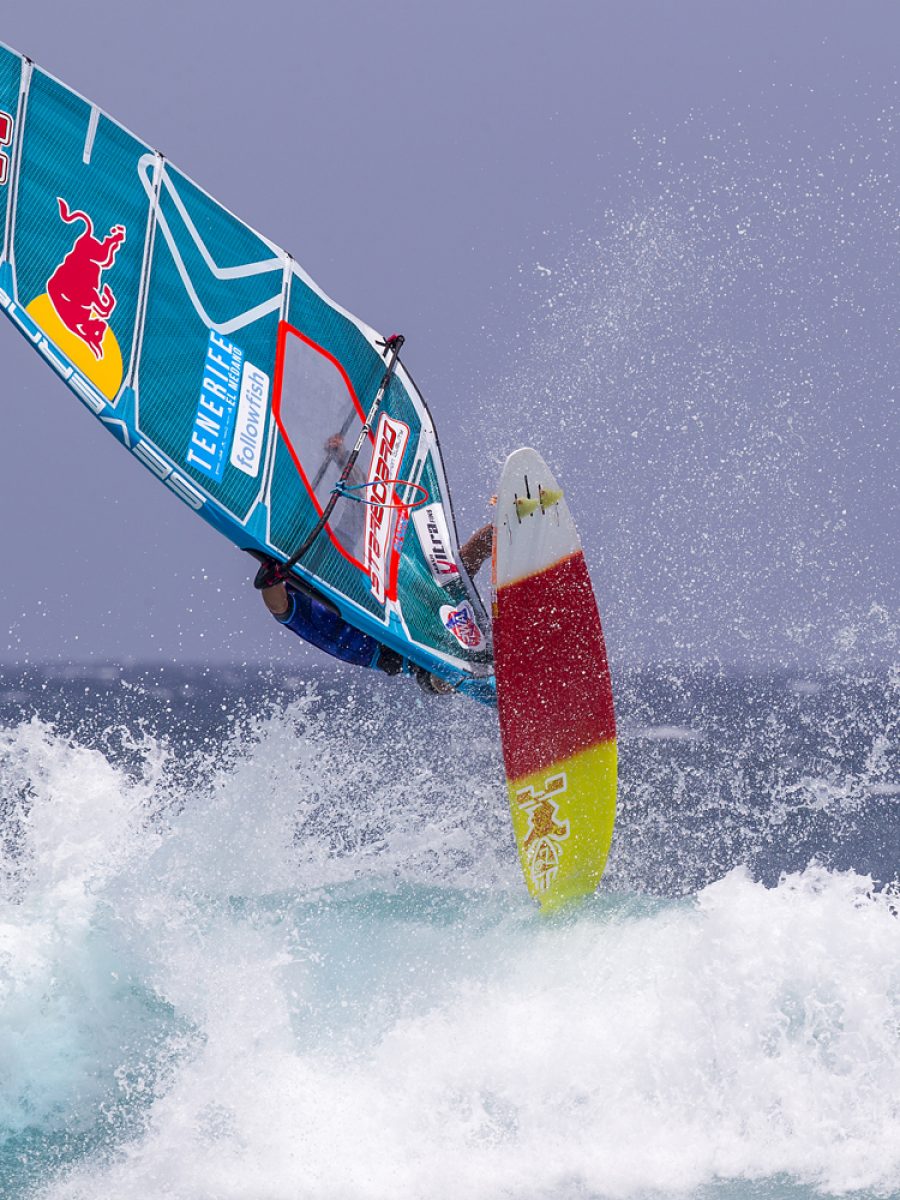
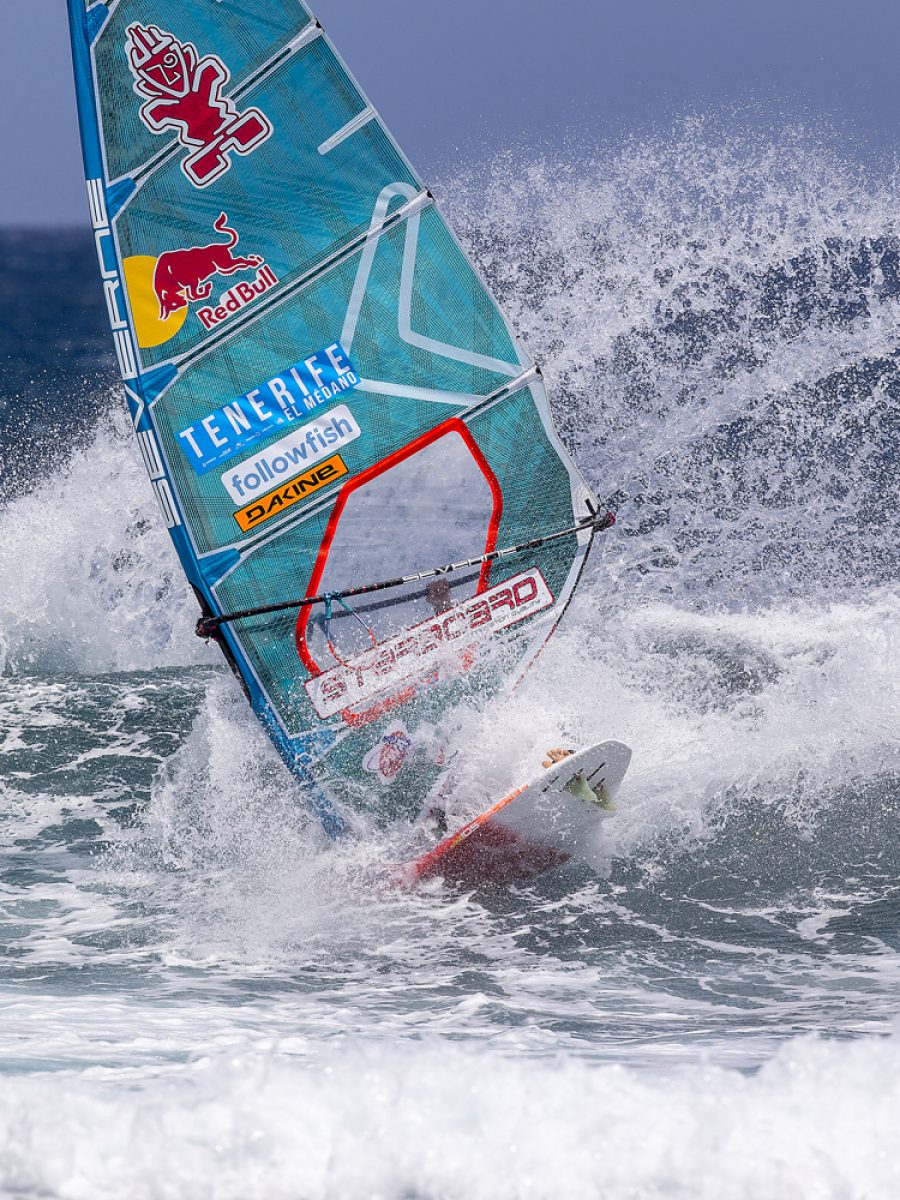
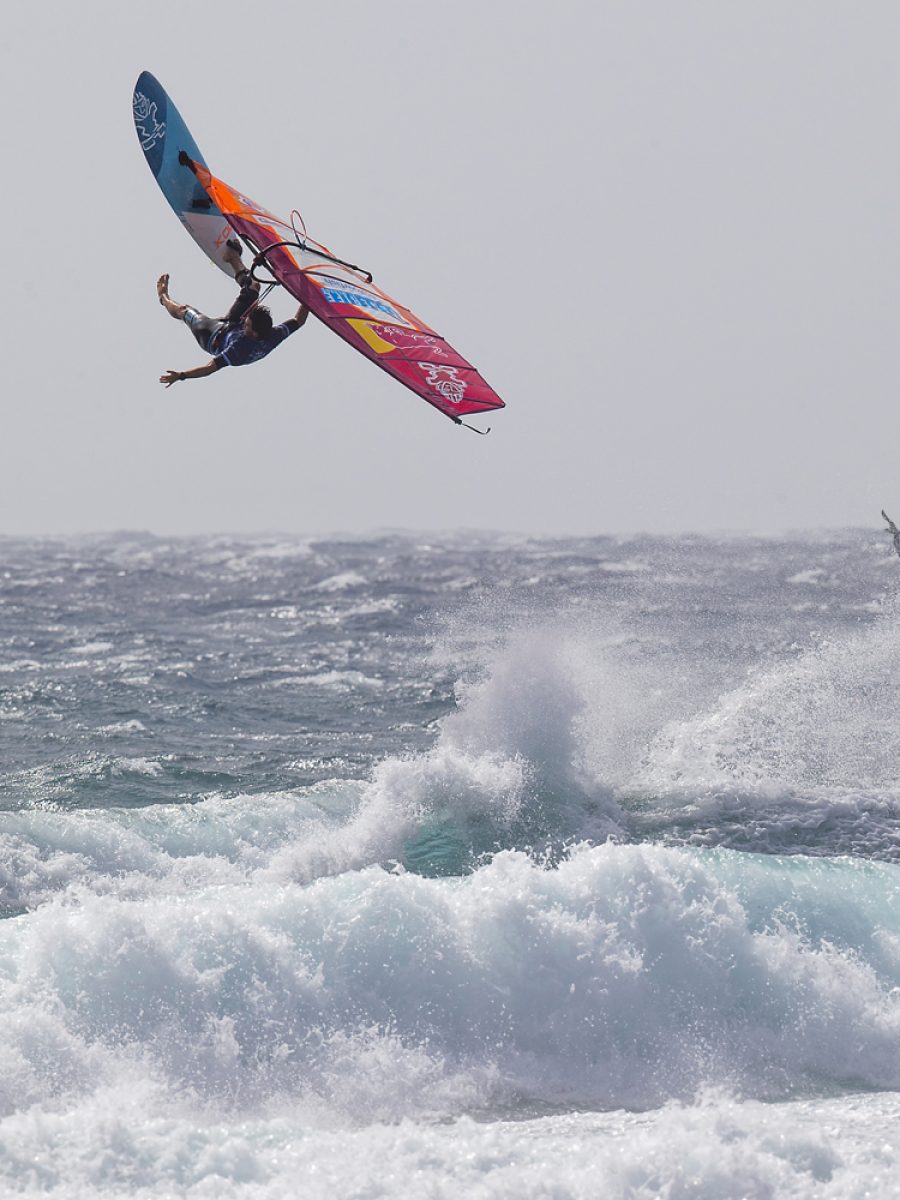
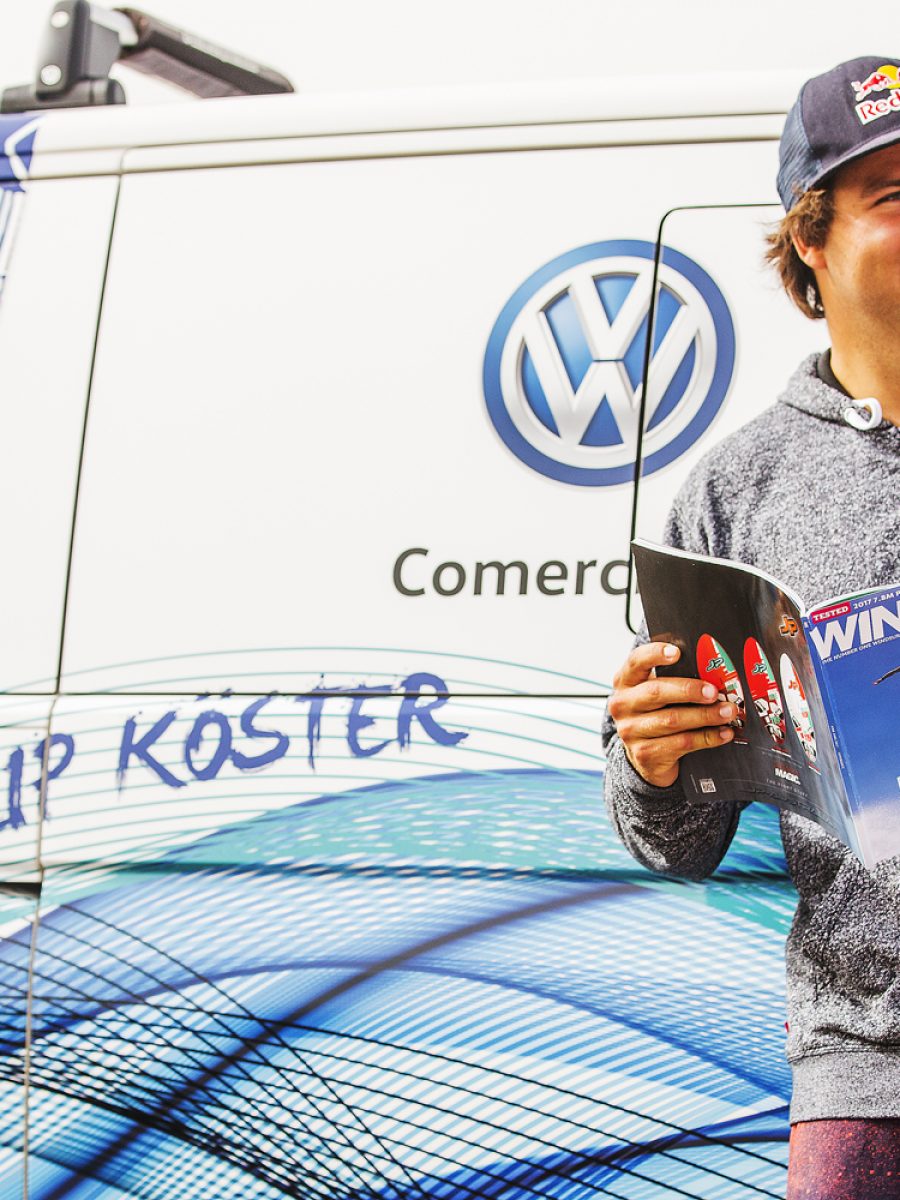
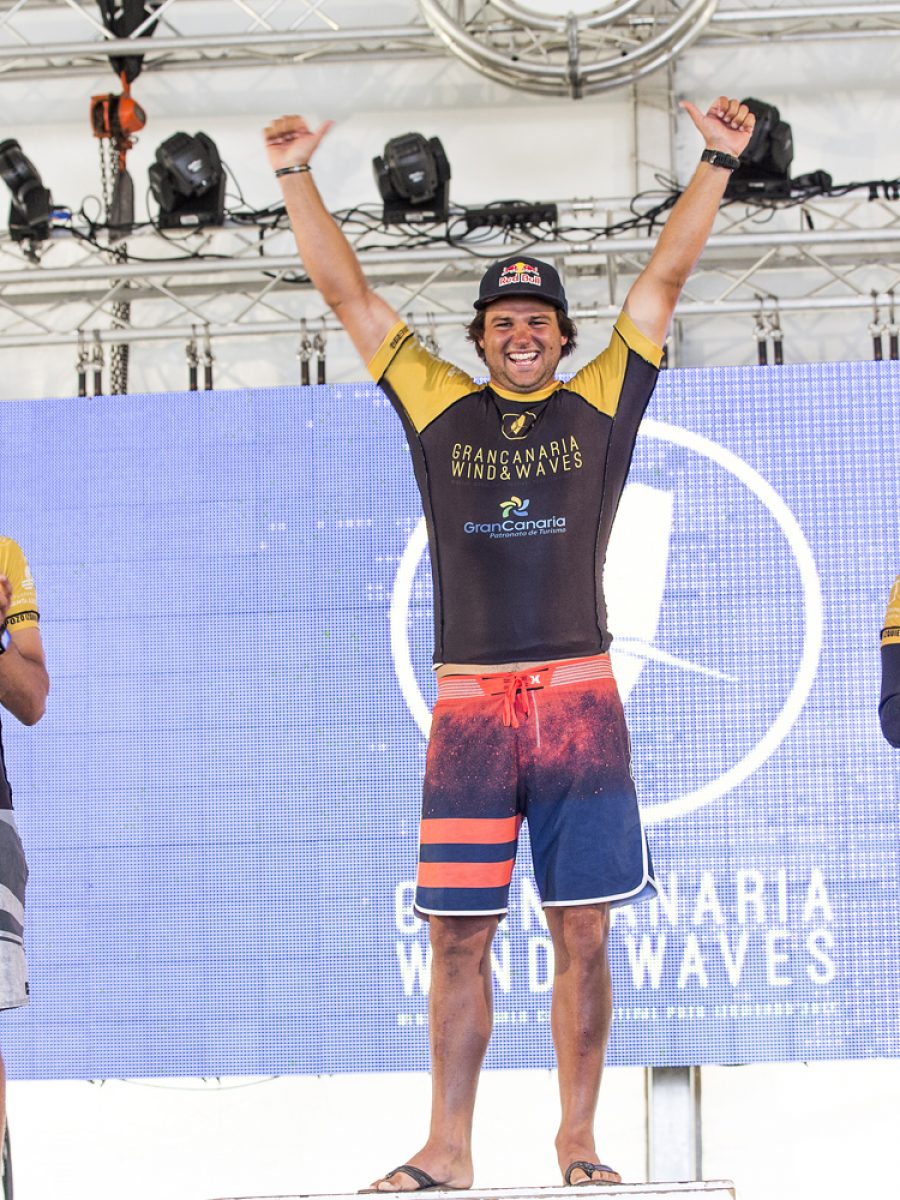
The post PHILIP KÖSTER – ROAD TO RECOVERY! appeared first on Windsurf Magazine.